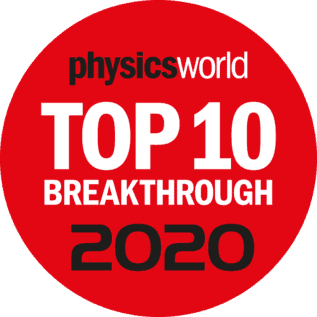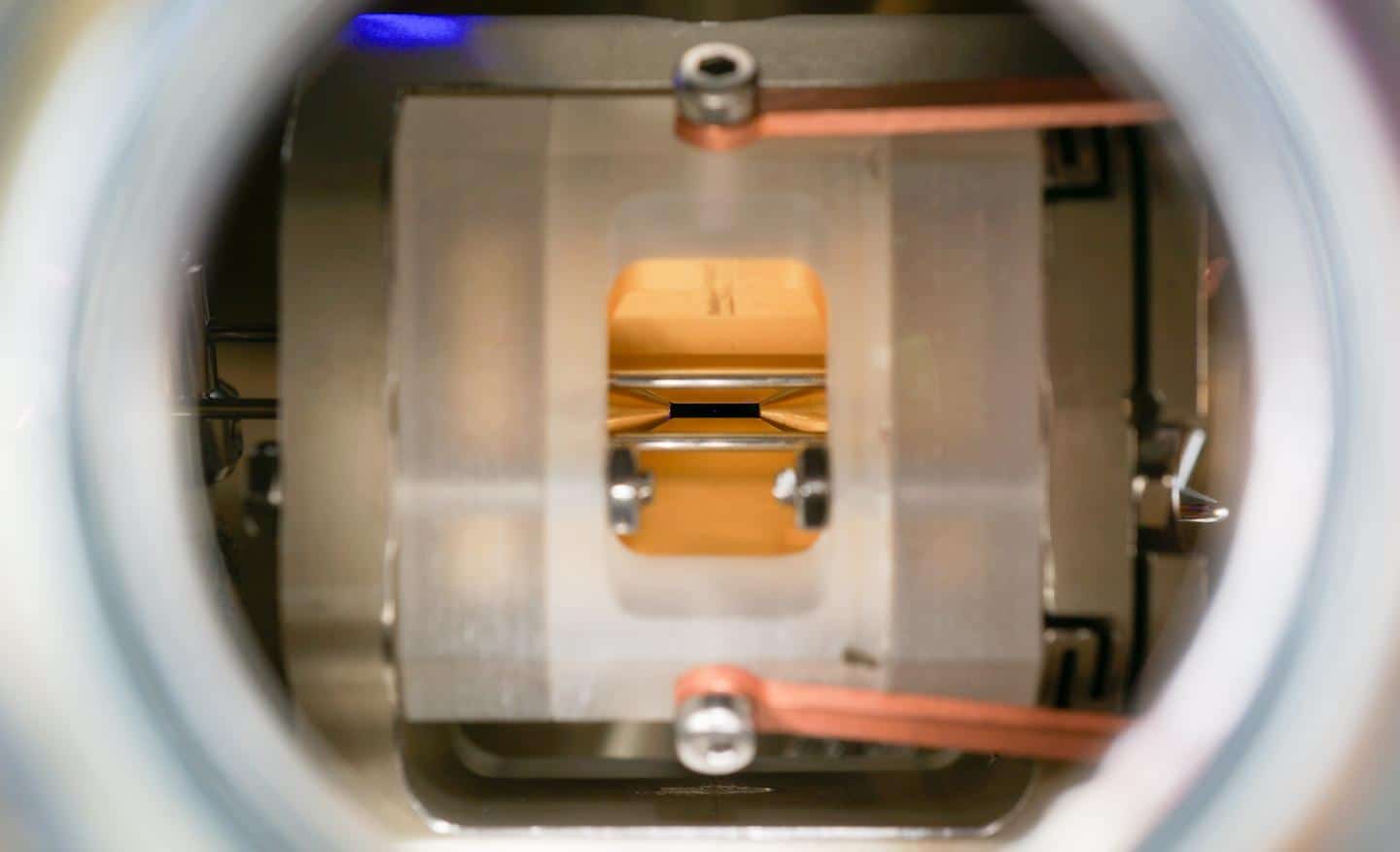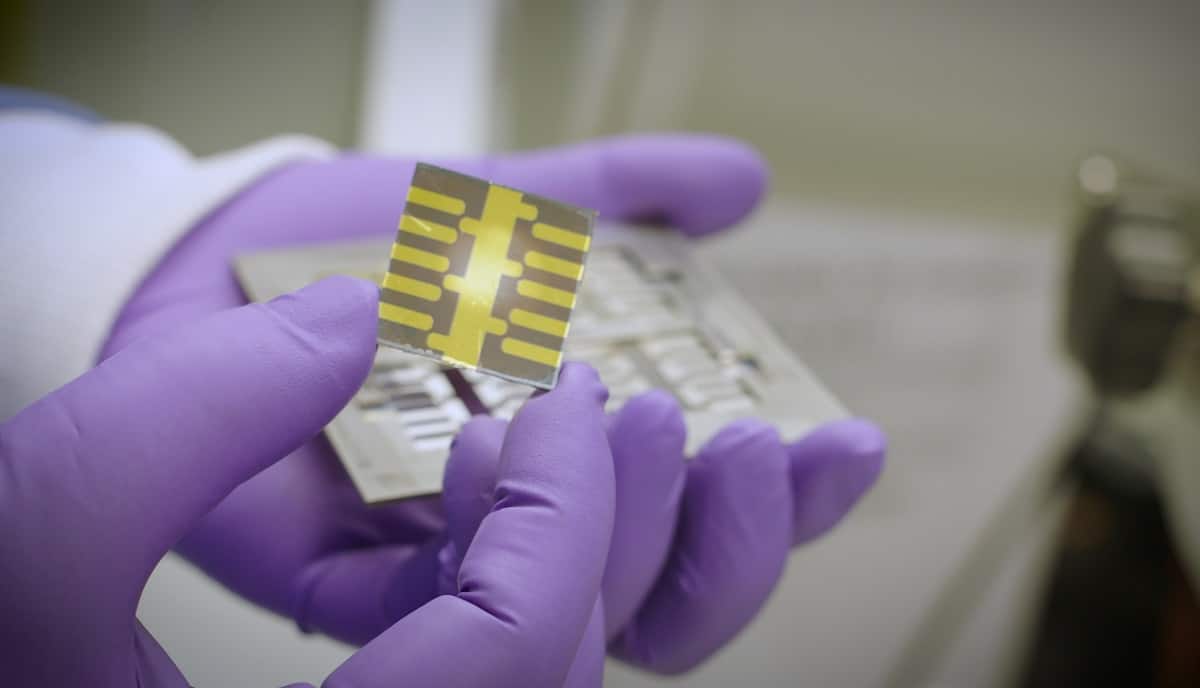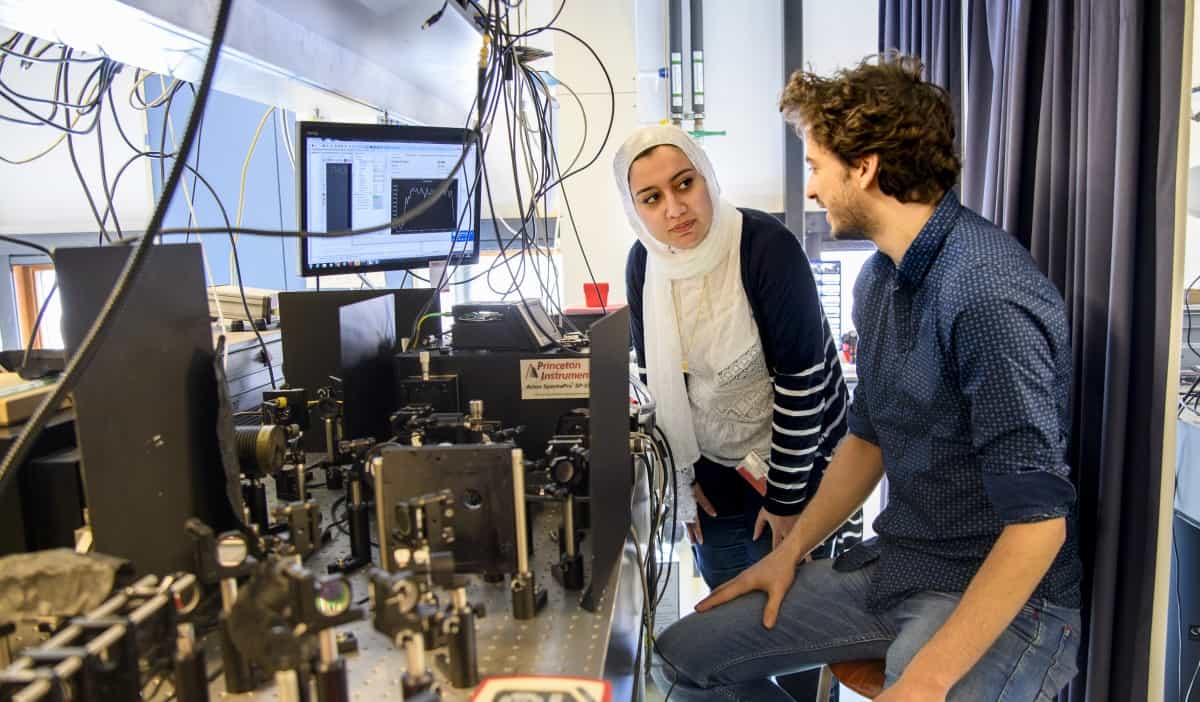
One of the highlights in the Physics World calendar is the announcement of our Breakthrough of the Year, which will be made this year on Thursday 17 December.
Today, we are revealing the 10 finalists for 2020, which serves as a shortlist from which we will pick the Breakthrough of the Year.
This year’s Top 10 Breakthroughs were selected by a crack team of five Physics World editors, who have sifted through hundreds of research updates published on the website this year. In addition to having been reported in Physics World in 2020, our selections must meet the following criteria:
- Significant advance in knowledge or understanding
- Importance of work for scientific progress and/or development of real-world applications
- Of general interest to Physics World readers
Here are the Physics World Top 10 Breakthroughs for 2020, in no particular order. Come back next week to find out which one has bagged the Breakthrough of the Year award – and in the meantime you can listen to four of the judges talk about the Top 10 in the Physics World Weekly podcast.
Taking snapshots of a quantum measurement

To Markus Hennrich and colleagues at Stockholm University, Sweden, together with researchers at the universities of Siegen in Germany and the Basque Country and Seville in Spain, for using a series of “weak” measurements (the subject of Physics World’s 2011 Breakthrough of the Year) to probe the nature of superposition collapse in quantum mechanics. While the act of measurement usually forces quantum systems into definite classical states, the work of Hennrich and colleagues showed that some measurements do not destroy all quantum information. By taking a series of “snapshots” during experiments on a single ion of strontium, the team revealed that measurements are not instantaneous, but instead gradually convert superposition states into classical ones. Because weak measurements could in principle allow errors to be detected in quantum states without destroying those states in the process, the work might be used to improve error correction in quantum computers.
Quantum correlations discovered in massive mirrors
To Haocun Yu and Lee McCuller of the Massachusetts Institute of Technology and their colleagues on the LIGO Scientific Collaboration for showing that quantum-scale correlations can leave their mark on macroscopic objects weighing tens of kilograms. The researchers explored the exquisite interplay between the laser beam of a LIGO interferometer and its mirrors – each of which weighs 40 kg. They observed that radiation noise contributes to the motion of the mirrors, which is a result of Heisenberg’s uncertainty principle. When using squeezed vacuum states of laser light they showed that the quantum noise drops below the standard quantum limit, which demonstrates quantum correlations between the laser beam and the mirrors. The research could lead to the improved detection of gravitational waves by LIGO, Virgo and future observatories.
Borexino spots solar neutrinos from elusive fusion cycle
To the Borexino collaboration for observing neutrinos from the carbon–nitrogen–oxygen (CNO) cycle in the Sun. To do so the team had to first painstakingly minimize the effects of background radiation in the Borexino detector, which comprises 278 tonne of ultrapure liquid scintillator located deep inside a mountain at Italy’s Gran Sasso Infn Laboratories. The observation confirms a theory of stellar nucleosynthesis first proposed over 80 years ago. It should also encourage physicists to use the next generation of neutrino detectors to try to resolve the “metallicity puzzle” of the Sun – a mystery regarding the abundance of carbon, nitrogen and oxygen in the star.
First observation of a ferroelectric nematic liquid crystal
To Noel Clark and colleagues at the University of Colorado Boulder and the University of Utah in the US, for observing a ferroelectric nematic phase of matter in liquid crystals more than 100 years after it was predicted to exist. In this phase, all the molecules within specific patches, or domains, of the liquid crystal point in roughly the same direction – a phenomenon known as polar ordering that was first hypothesized by Peter Debye and Max Born back in the 1910s. Clark and colleagues found that when they applied a weak electric field to an organic molecule known as RM734, a striking palette of colours developed towards the edges of the cell containing the liquid crystal. In this phase, RM734 proved far more responsive to electric fields than traditional nematic liquid crystals. Although further work is required to identify materials that display the phenomenon at room temperatures, ferroelectric nematics could find applications in areas from new types of display screens to reimagined computer memory.
Thin-film perovskite detectors slash imaging dose

To Wanyi Nie and colleagues at Los Alamos National Laboratory for using thin-film perovskites to create an extremely sensitive X-ray detector. Using a synchrotron beamline to characterize their thin-film perovskite detectors, the researchers found that the X-ray absorption coefficients of the perovskite materials were on average 10 to 40 times higher than that of silicon for higher-energy X-rays. They also demonstrated that the new X-ray detectors are 100 times more sensitive than conventional silicon-based devices. This new type of solid-state X-ray detector could enable medical and dental imaging at extremely low radiation dose, enabling the same quality image to be generated using a much-reduced X-ray dose, making scans safer for patients. Nie also notes that it should be possible to fabricate large-scale detector arrays at far lower cost than for semiconductor detectors.
Fundamental constants set limit on speed of sound
To Kostya Trachenko of Queen Mary University of London, Bartomeu Monserrat and Chris Pickard of the University of Cambridge and Vadim Brazhkin of the Russian Academy of Sciences for calculations showing that the upper limit on the speed of sound in solids and liquids depends on just two dimensionless quantities – the fine structure constant and the proton-to-electron mass ratio. The team’s theoretical prediction is backed up by experimental data of the speed of sound in a range of solid materials and a calculation of the speed of sound in metallic hydrogen – a material that is yet to be created in the lab but should have the fastest speed of sound. The research provides insight into how fundamental constants impose bounds on physical properties.
Expanding twistronics to photons
To Andrea Alù, Qiaoliang Bao, Cheng-Wei Qiu and an international team of collaborators at the City University of New York, National University of Singapore, Monash University, China University of Geosciences and the University of Texas at Austin, for showing that dispersion- and diffraction-free propagation of light is possible, with a resolution that beats the diffraction limit by more than an order of magnitude, in twisted layers of 2D molybdenum trioxide. Their work builds on the discovery of “magic-angle” graphene – Physics World’s Breakthrough of the Year in 2018 – by using twisted layers of 2D materials to change the behaviour of propagating photons, rather than electrons. Just as the electron version of twistronics has led to a flurry of research on superconductivity and electron states, the new photonics variant has important implications for nano-imaging, quantum optics, computing and low-energy optical signal processing.
Direct band gap silicon-based light emitter created at last

To Elham Fadaly, Alain Dijkstra and Erik Bakkers at Eindhoven University of Technology in the Netherlands, Jens Renè Suckert at Friedrich-Schiller-Universität Jena in Germany and an international team for creating a silicon-based material with a direct band gap that emits light at wavelengths used for optical telecommunications. Normally, silicon has an indirect electronic band gap, which means that it is a poor emitter of light and must be integrated with other semiconductor materials to create optoelectronic devices. To create a direct band gap, the researchers had to grow crystals of silicon-germanium alloy with a hexagonal crystal structure, rather than the usual diamond-like structure. They did this by creating nanowires of the alloy, which emitted infrared light. As well as having applications in optical telecoms and optical computing, the new silicon-based material could be used to create chemical sensors.
Mixed beams enhance particle therapy accuracy
To a team headed up by Joao Seco at the German Cancer Research Centre in Heidelberg and Simon Jolly at University College London, for demonstrating how a mixed particle beam could enable simultaneous cancer therapy and treatment monitoring. The idea is to use a beam containing both carbon ions, which provide therapeutic irradiation of the target tumour, and helium ions, which travel straight through the patient and can therefore be used for imaging. In experiments at the Heidelberg Ion Beam Therapy Center using pelvis phantoms, the researchers showed that even small inflations of an air balloon inside the phantom caused an observable change in helium range. They also demonstrated that small phantom rotations changed the measured signal. The experiments reveal the potential of using a mixed beam to monitor intra-fractional anatomy changes, enabling more accurate delivery of particle therapy and, ultimately, providing better outcomes for cancer patients.
The first room-temperature superconductor
This research by Ranga Dias and colleagues is described in a paper in Nature. The paper has since been retracted by the journal.
To Ranga Dias and colleagues at the University of Rochester and the University of Nevada Las Vegas in the US for observing superconductivity at temperatures up to 15 °C in a hydrogen-rich material under immense pressure. Superconductors carry electrical current with no electrical resistance and have a range of applications from the high-field magnets used in MRI scanners to particle accelerators. Practical devices based on superconductors must be chilled to very cold temperatures, which is costly and can involve the use of helium, so a long-standing goal of condensed-matter physicists has been to develop a material that is a superconductor at room temperature. The carbonaceous sulphur hydride material made by Dias and colleagues shattered the previous high-temperature record by about 35 degrees and is the first to claim room-temperature superconductivity. While a pressure of 2.6 million atmospheres was required to achieve room-temperature superconductivity, the researchers think it may be possible to reduce the pressure by changing the chemistry of the material.



